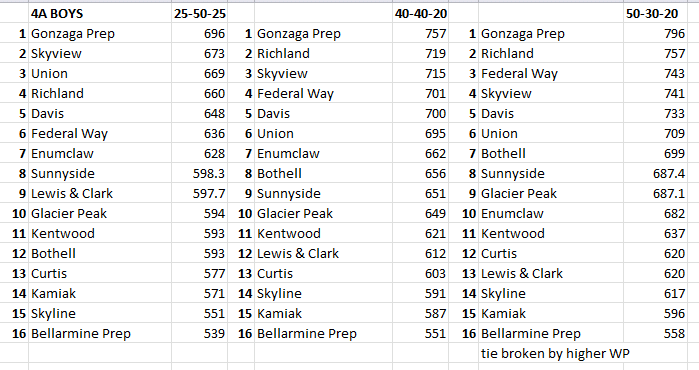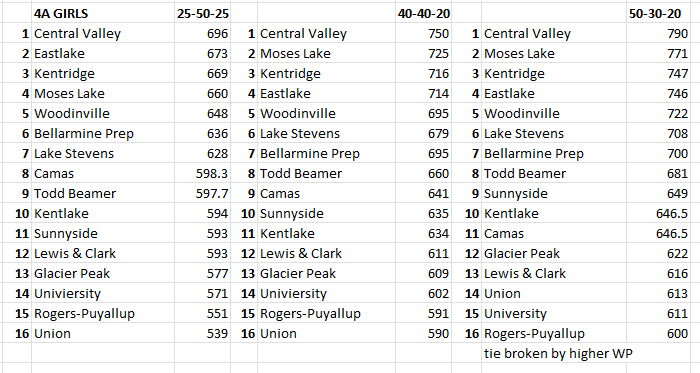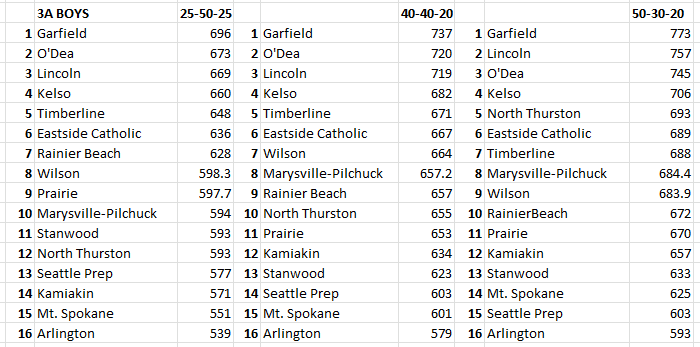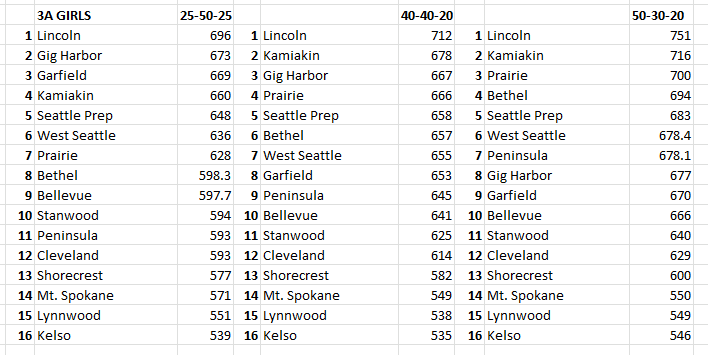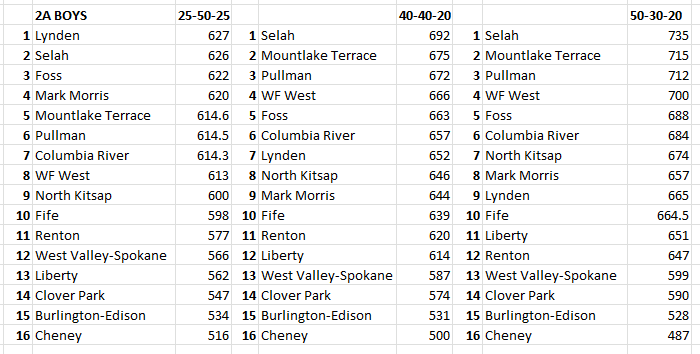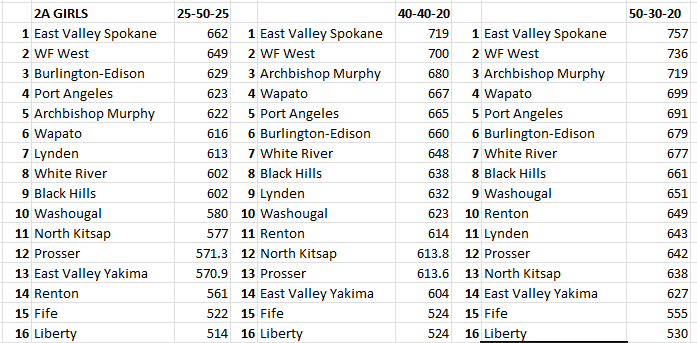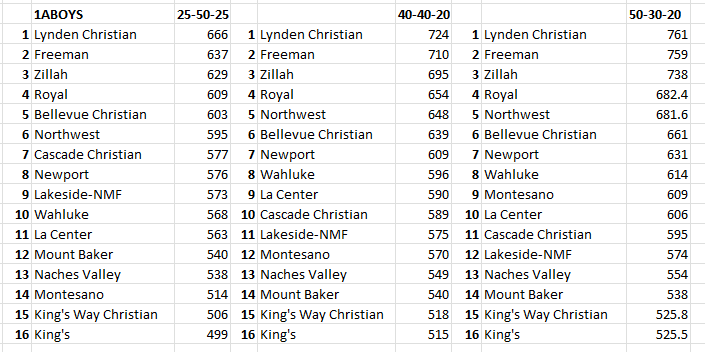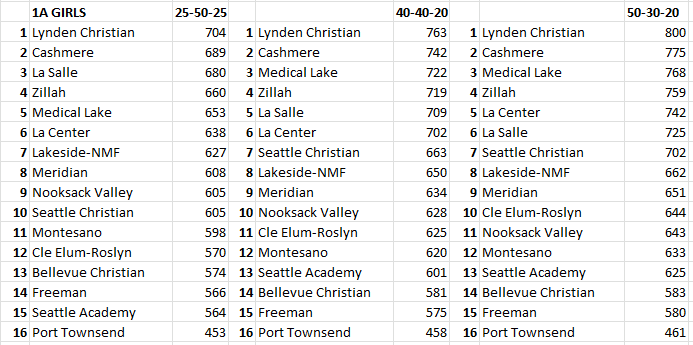So you say ‘RPI sucks’? Well, what if we altered it slightly
It seems these days, everyone has an opinion on RPI, the ranking system being used these days to seed high school basketball teams into the state playoffs.
T.J. Cotterill of the Tacoma News-Tribune talked to a few coaches in the Tacoma area about their opinions on RPI.
They ranked from “The RPI sucks” from Bethel girls coach John Ainslie to “I’m ready for RPI to go away just because I’m tired of trying to explain it to everyone and their mom” from Lincoln boys coach Aubrey Shelton.
Hey, I feel you, Coach Shelton. Last week, I spent a good amount of time trying to explain to fans of the Prairie boys basketball team that the Falcons might not secure a top-8 seed even if Prairie beat Wilson.
This made no sense to Prairie fans since, at the time, Prairie was ranked No. 9 and Wilson No. 8. So it would figure a win over Wilson would move Prairie past Wilson.
But that’s not how RPI works. You can beat a team two times, even THREE times, and it won’t guarantee you a higher rank than the team you just beat.
Even esteemed statistician Nate Silver said of RPI: “It isn’t very predictive. It isn’t theoretically coherent. It isn’t empirically grounded. It doesn’t even match the “eye test”. It’s a failure on every level. There’s no reason to use it.”
There are a lot of big words in there, but I take it that Nate isn’t keen on RPI.
The counter-argument to RPI is generally: “Yeah, RPI isn’t perfect, but at least it’s a lot better than the random system we had before.”
I’ll agree with that in principle. But, to me, it’s kind of like visiting a sick friend miserable with the stomach flu and saying “At least you don’t have malaria.”
Not particularly comforting. So, let’s work on the stomach flu, if we can.
TJ points out the one common criticism of RPI is that it puts a heavy weight on winning percentages of a team’s opponents, and not so much on a team’s own winning percentage.
RPI breaks down like this — 25 percent a team’s winning percentage (WP), 50 percent its opponents’ winning percentage (OWP) and 25 percent its opponents’ opponents’ winning percentage (OOWP).
Anomalies in the rankings are usually a result of this ratio.
Because of that, it is often more beneficial for a team to lose to a really good team than to beat a really bad one.
As TJ says “So the solution is make a team’s win-loss record matter more than 25 percent of the RPI, something the WIAA will have to research in the offseason.”
No need WIAA. I’ve got you covered. Here are breakdowns of what the seeds would have looked like if the ratio were altered to a 40-40-20 formula and a 50-30-20 formula, along with the current 25-50-25 formula.

